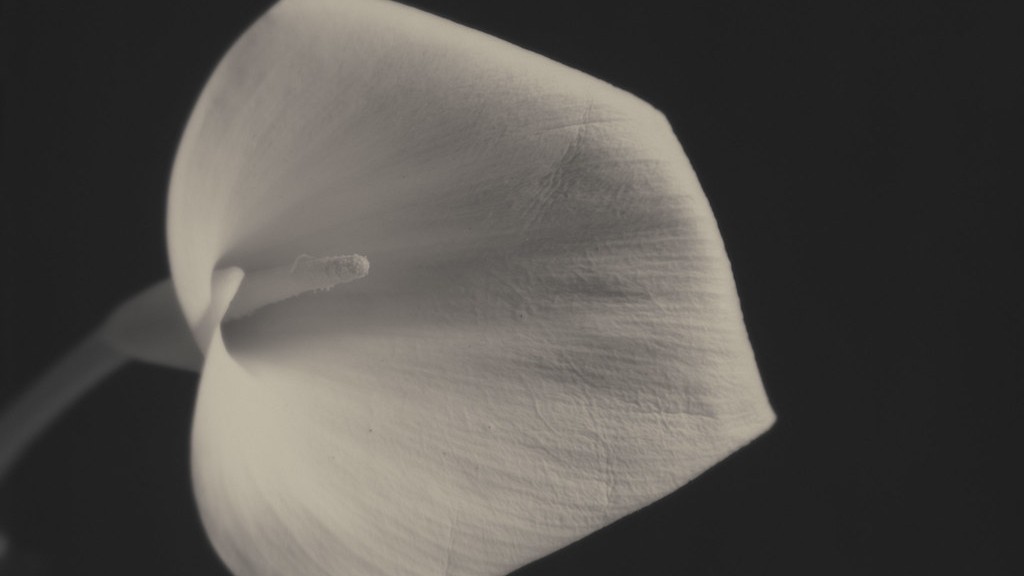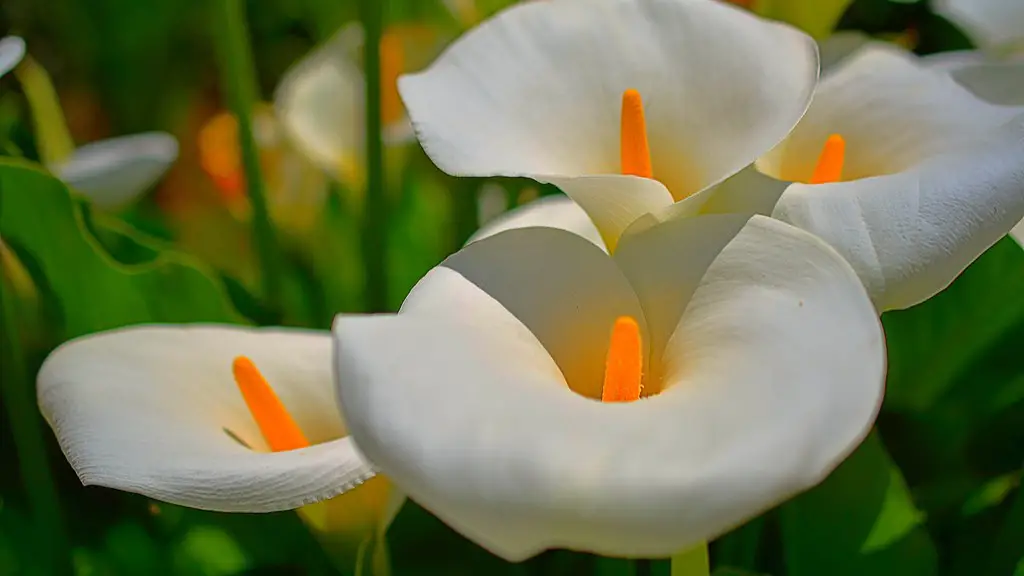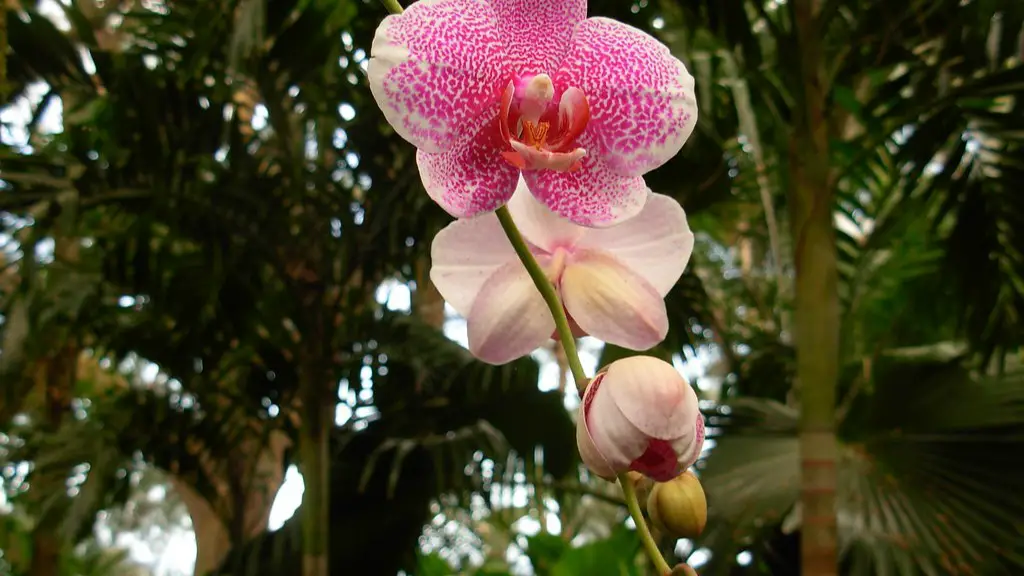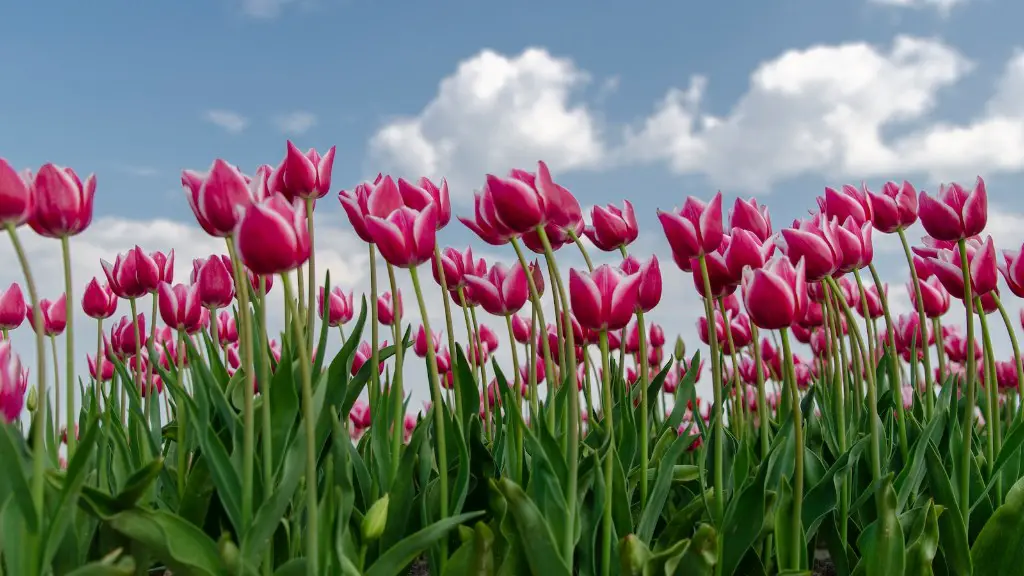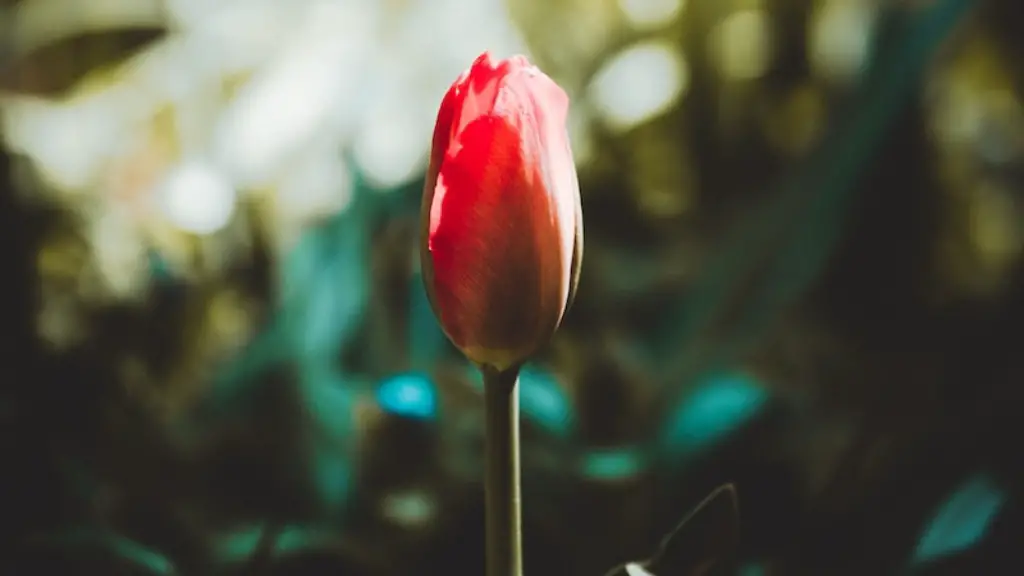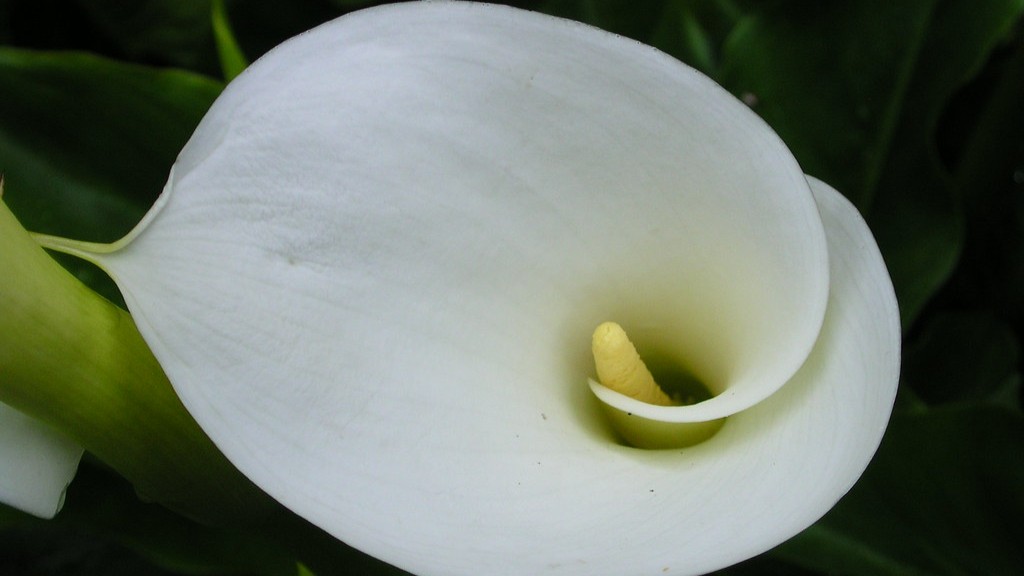If you have a calla lily that has stopped blooming, don’t despair. With a little care, you can bring it back to life and enjoy its beauty once again. Here are some tips on how to bring back a calla lily:
1. Cut back the plant. Calla lilies should be cut back to about 6 inches above the ground after they finish blooming. This will help them to rest and recharge for the next blooming cycle.
2. Fertilize. Calla lilies need to be fertilized regularly to encourage blooming. Use a fertilizer that is high in phosphorus, such as bone meal or a bulb fertilizer.
3. Water regularly. Calla lilies need to be kept moist, but not soggy. Water them regularly, and be sure to empty any saucers or trays under the plants so that they don’t sit in water.
4. Give them some sun. Calla lilies do best in bright, indirect sunlight. If they are getting too much sun, their leaves will start to turn yellow.
By following these simple tips, you can bring your calla lily back to life and enjoy its beauty once again.
To bring back a calla lily, you will need to water it regularly and keep it in a sunny spot. You can also fertilize it every few weeks to help it grow.
Will calla lily come back?
If you have a calla lily that you’re thinking of throwing out, don’t! These beautiful flowers are actually perennials, which means they will bloom again next year if you take care of them properly. With a little love and attention, your calla lily can be a part of your spring decor for many years to come.
Calla lilies are a beautiful addition to any garden, but they need to be cared for properly in order to thrive. They grow from bulbs, which need to be planted in well-drained soil and, if potted, in an unglazed pot that will allow excess moisture to evaporate. Drooping calla lilies occur if the bulb is steeped in water and the bulb begins to rot. Once rot has occurred, you will need to discard the bulb and start over.
What to do when calla lily flower dies
When a calla lily flower begins to die, it will roll up into a tube and often turn green on the outside. These spent blossoms have no purpose and should be clipped off.
If your calla lilies are wilting or the roots are rotting, it may be due to oversaturation. This can be caused by excessive rainfall, poor drainage, or overwatering. If you find your lilies sitting in puddles or with mushrooms growing beside them, it’s likely that the soil is compacted and draining poorly.
How long do potted calla lilies last?
If you’re looking for a long-lasting floral option, consider the hot pink calla lily. These flowers can last up to 12 weeks, making them a great choice for both indoor and outdoor decor. Container-grown plants will bloom more profusely if kept potbound, so be sure to keep an eye on watering and fertilizing. Deep crimson spathes add a touch of elegance to any setting, and the flowers make beautiful, long-lasting bouquets.
Calla lilies are beautiful flowers that can add a touch of elegance to any garden. They are easy to care for and are winter hardy in most climates. Calla lilies do best in full sun or partial shade and in cooler areas they will grow best in full sun.
How often should I water a calla lily?
If you water your calla lilies too heavily, the rhizomes may rot. Once the rhizomes are established, you can water the plants once a week, or more frequently if experiencing especially hot or drought-like conditions.
Calla lilies are a great addition to any garden, and they are relatively easy to care for. However, it is important to know that they become dormant once a year. After the plant has finished blooming, the leaves will turn yellow and then brown. Once this occurs, prune the plant down to the soil level and put it in a cool, dark area where the temperature is above freezing but no higher than 50°F (10°C) for 2-3 months. This will help the plant to rest and rejuvenate itself so that it can bloom again next year.
Are calla lilies hard to keep alive
If you’re looking for a low-maintenance plant, calla lilies are a great option. They prefer bright, indirect light, but can also tolerate some shade. Keep them moist, but be careful not to overwater. In the growing season, they can benefit from balanced fertilizer every couple of weeks.
After the calla lily rhizomes have dried, place them in a paper bag or wrap them in newspaper. Store them in a cool, dry place, somewhere that stays around 50 F (10 C). Proper calla lily winter care is essential to having these lovely flowers in your garden year after year.
How do you save a potted calla lily?
Calla lilies can be kept for future seasons by putting them in a cool, dark place without water for a couple months to let them go dormant. then moved back into the light and start watering them again.
If your calla lily’s leaves are yellowing, wilting, or the plant looks stunted, it’s likely not getting enough water. These plants are water lovers, so make sure to give them a good drink regularly. If they’re still not looking their best, they may need more water than you’re giving them. Try giving them a little extra and see if that helps.
Why is my calla lily yellow and drooping
Chlorosis is often caused by a nutrient shortage in the soil, most commonly nitrogen, iron, or zinc. However, it can also be caused by environmental factors such as too much sun, too little water, or pesticide injury. If the problem is due to a nutrient deficiency, you can try fertilizing with a balanced fertilizer or one that is high in the deficient nutrient. If the problem is due to an environmental factor, you can try moving the plant to a location that is more favorable for its growth.
Cool dark places are ideal for store bought or potted calla lilies. By placing your plant in a cool, dark place for two months, you allow it to enter a state of dormancy. This is when the plant stops growing and flowering. Once you bring it back out into the light, the plant will resume watering and the foliage will regrow. The calla lily plant will start to bloom shortly thereafter.
Do calla lilies grow better in pots or in the ground?
Another benefit of growing calla lilies in pots is that they are restricted to pots and cannot become invasive. Calla lilies in garden beds in their ideal climate may naturalize, take over, and even become invasive. Container grown callas are restricted to pots and cannot become invasive.
The Calla Lily is a beautiful plant that can be used as a houseplant or in the garden. It has an unusually long lifespan, and the rootstock is becoming increasingly popular as a ‘dry’ sale for use as a ‘garden Calla’. The Calla Lily is easy to care for and can be enjoyed for a long time.
Can I put a potted calla lily outside
Callas make spectacular houseplants that will brighten any indoor space with their glossy green leaves and large, showy flowers. They’re also quite easy to care for, requiring only basic watering and feeding. Callas can be grown outdoors in summer, either in pots or in the ground, but will need to be dug up and stored dormant inside over winter if you want to keep them for another year.
If you’re looking for a versatile plant that can be used in a variety of ways, look no further than the calla lily. Callas come in a wide range of colors and can be grown as either pot plants or cut flowers. Some varieties even do well in bedding plants or as accents in patio containers. No matter how you use them, calla lilies are sure to add a touch of elegance to your home or garden.
Warp Up
To bring back a calla lily, first cut the stem at an angle using a sharp knife. Then, place the stem in a vase of fresh water. Change the water every two to three days, and trim the stem as needed. Keep the vase in a cool, bright location out of direct sunlight.
To bring back a calla lily, one must first remove it from its current pot and location. Calla lilies prefer full sun to partial shade, so find a sunny spot in your yard or garden. The next step is to replant the calla lily in well-drained soil. When replanting, make sure to leave room for the calla lily to grow. Once replanted, water the calla lily deeply and regularly. With proper care, your calla lily will soon be blooming again.
